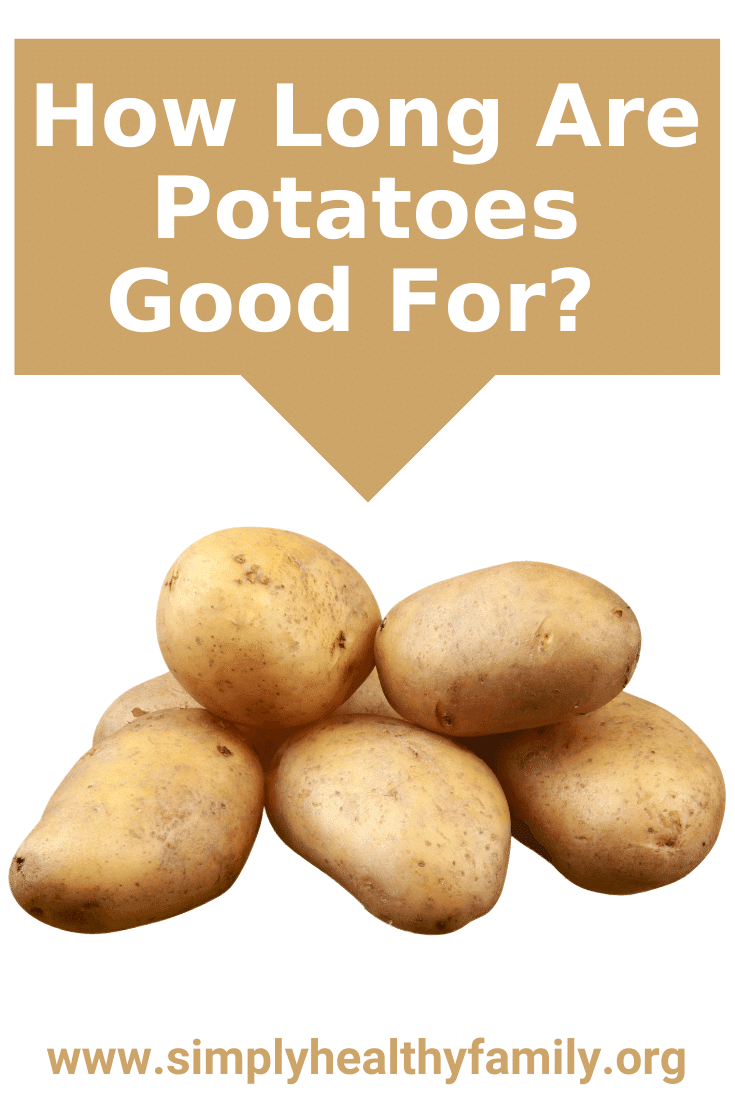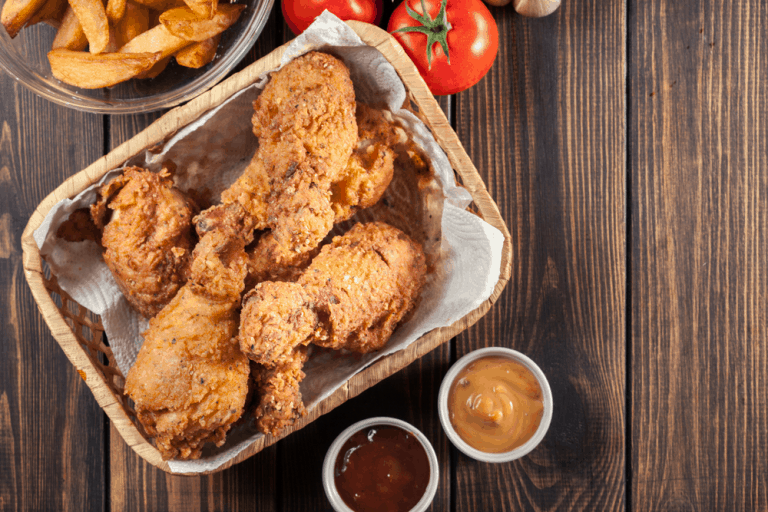How To Tell If Chicken Is Done
Even the most proficient chef in the world has experienced this once in their life — serving roasts that look gloriously burnished outside but turn out to be raw and pink on the inside. This can be pretty embarrassing and potentially ruin your confidence if you are learning to cook. Food safety is essential, and making sure you are eating fully-cooked chicken is important.
If you’ve experienced this before, or worse, continue to do so, don’t worry. I will help you learn how to tell if chicken is done.
Why not eat raw or undercooked chicken?

Raw chicken on the chopping board and vegetables
Eating raw chicken can be severely detrimental to your health and can cause food poisoning/illness.
Raw poultry could be contaminated with Campylobacter or Salmonella and Clostridium perfringens, a type of bacteria killed when appropriately cooked. Eating bad chicken when it’s not fully cooked, you run the risk of gastrointestinal problems.
“CDC estimates Campylobacter is the #1 cause of bacterial diarrheal illness in the United States. It is also the #1 intestinal disease diagnosed in travelers returning to the United States.” – CDC Fast Fact
“Clostridium perfringens bacteria are one of the most common causes of food poisoning. CDC estimates that the bacterium causes nearly 1 million foodborne illnesses in the United States every year.” – CDC Website (Clostridium Perfingens page)
Salmonella bacteria caused by eating undercooked chicken can cause salmonellosis. This condition has symptoms like severe diarrhea, nausea, abdominal cramps, headaches, chills, fatigue, fever, and vomiting.
Of course, eating undercooked chicken is disgusting for everyone at any age. I don’t think undercooked chicken can be stomached.
**Have some chicken left from last night? Find out ways you can reheat your fried chicken here!**
How to check if the chicken is done
There are many methods that you can do to tell that the chicken you are cooking is done. But the best is to use an instant-read meat thermometer to check the chicken.
The USDA has a fantastic webpage with great information and a guide for how long to cook chicken.
Use an instant-read meat thermometer

bone-in chicken breast on the furnace bar
Arguably the best way, this is the easiest and most accurate way to check whether the chicken is done. A meat thermometer is a special probe you can push into the chicken meat to determine its temperature.
An instant-read thermometer is inexpensive, so you can spare a few dollars to buy one. A good thermometer that I can recommend is the Habor CP1 meat thermometer.
You don’t need to leave this in the oven. Insert this into the thickest part of the chicken. It can accurately tell the meat’s temperature in less than 10 seconds.
The minimum internal temperature should read 165 degrees Fahrenheit for the chicken to be considered cooked. Check the internal temperature in the thigh and wing’s innermost part and the breast’s thickest part (thickest part of the meat).
When you use a meat thermometer, you should keep the probe away from the bone. Why? Because heat tends to transfer quite faster in the bones, which can mean you would end up with a false reading and, yes, raw chicken.
A petty issue that cooks have with this approach is that poking the meat can escape the juice, rather than staying in the chicken. But I guess that’s a minor disadvantage I can live with.
Check out the juice
Another way to check if the chicken is cooked is to look at the juices. Get a butcher knife and slice the skin between the breast and leg.
If the juice looks clear, then it is very likely that the meat is done. If the juice is colored pinkish, then you need to wait a bit longer. Sometimes the pink color in safely cooked chicken may be due to the hemoglobin in tissues, which can form a heat-stable color. So the best way is to check the meat using a meat thermometer.
Check if the meat is firm

grilled chicken thigh and drumsticks on the furnace bar and vegetables
When checking out the chicken’s juices, you should also inspect the meat itself.
The meat of cooked chicken is firm but not rubbery. It should not be tight, too, as this is a sign of overcooking.
Of course, we have different interpretations of what a firm is. What may be firm to me isn’t firm enough for you. So how can we arrive at the definition of the firm in this regard?
Experienced chefs have devised a so-called finger test to give us an idea of how firm the meat of a cooked chicken should be.
Bring the tip of your thumb and ring finger together. Then feel the flesh beneath the thumb. This is how firm a well-done chicken’s meat should feel.
If the chicken is raw, the meat will be softer than that. Here’s how you can tell the softness of raw meat. Press the area below the thumb with the palm of your hand open. That’s how soft raw chicken meat feels like.
The problem with this ‘test’ is that it isn’t the most accurate way of determining the doneness of the chicken. Even cooks admit they fail when they use this approach. Cook time can vary depending on how large the chicken pieces/chicken is – the CDC has a great guide to showcase times depending on how many pounds of chicken are being cooked.
Conclusion

boneless chicken breast, lemon, and chili
Did you learn something from this article? Again, the easiest and surest way to check the doneness of chicken meat is to use a meat thermometer. I highly recommend that you use the said technique.






